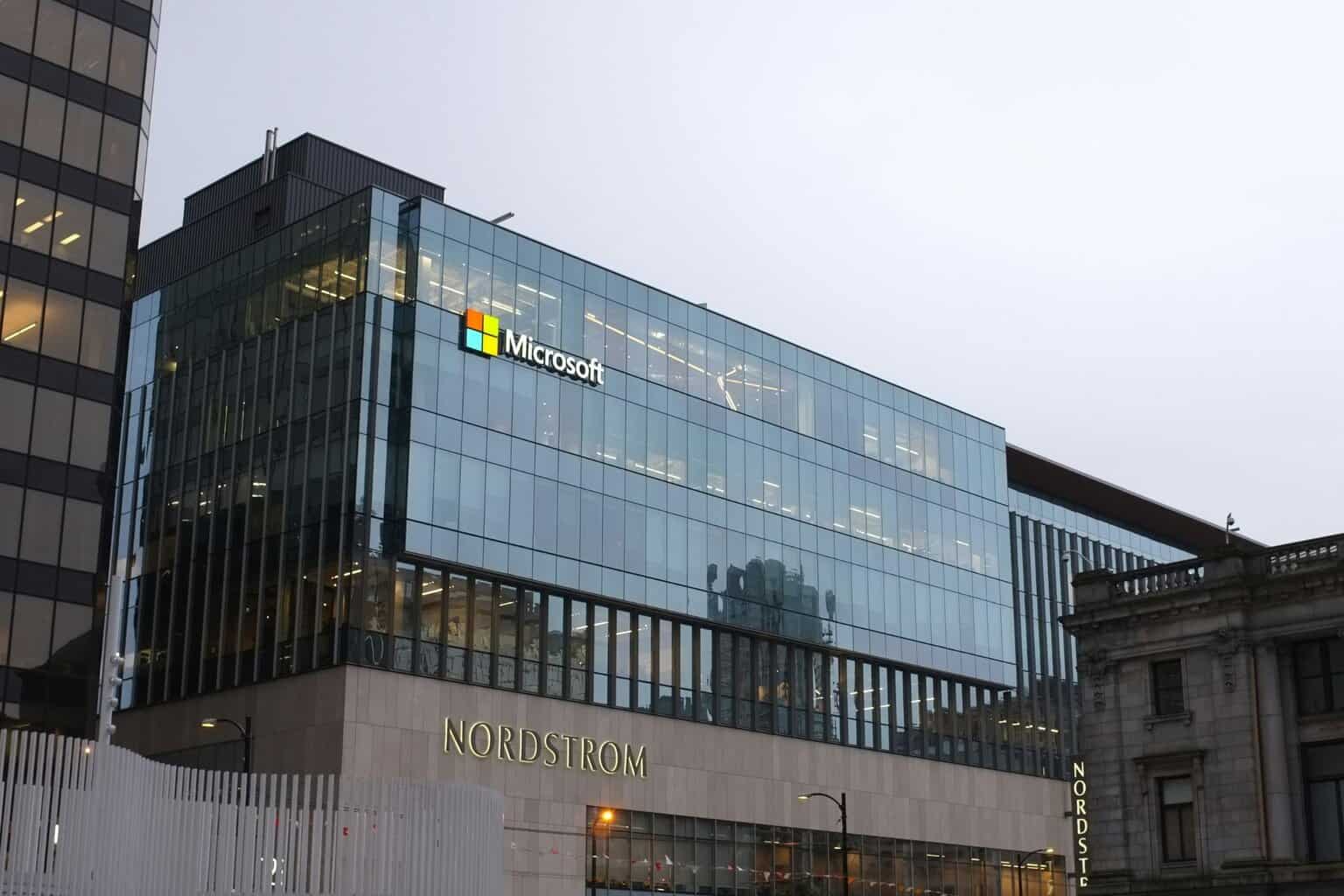Will Microsoft switch the regular Windows for the ARM-based Windows in the future?
Here's what we think could happen.
5 min. read
Published on
Read our disclosure page to find out how can you help Windows Report sustain the editorial team. Read more

Among all the AI development Microsoft put out this year so far, the Redmond-based tech giant found time to focus on Windows ARM, as well, which is a stripped version of Windows that runs on fewer technologies compared to its standard x86 / x64 version, but it delivers great performance and an insane amount of battery life.
What is Arm technology?
Arm technology is an architecture almost always found in smartphones and mobile devices, but bigger devices, such as laptops and computers have been extensively relying upon x86 / x64 architecture.
Suitable for portable devices, the architecture allows for easy and faster interaction with a device, a strong internet connection through 4G/5G technologies, and durable battery life.
It wasn’t until Apple debuted the M1 and M2 chips on their laptops, which made them faster and proved to deliver greater performance, that the tech world started to focus on integrating Arm technologies into ultraportable laptops.
What is Windows Arm?
Windows Arm is a type of Windows that employs Arm technologies, which allows for the installation of Arm-powered apps. From an UI perspective, Windows Arm (Windows 11 Arm) retains the same design, but delivers different and faster performances, compared to its standard x86 / x64 version. However, it comes with drawbacks, but we’ll talk about them later.
Naturally, for Windows Arm to work best it would need to be installed in an Arm-powered device, which could be a laptop, tablet, or mobile phone built in such a way it could support this type of Windows. Arm-powered devices are starting to get popular, with the Microsoft Surface devices being some of the best examples around.
Their main characteristic would be the Arm Systems on Chip (SoC) which, as Microsoft states, often include other key features such as a powerful CPU, GPU, Wi-Fi & mobile data networks, as well as Neural Processor Units (NPUs) for accelerating AI workloads.
Windows 10, and Windows 11 both support various types of Arm-based technology, with Windows 11 being designed to be an Arm operating system. Windows 10, for example, enables existing unmodified x86 apps to run on Arm devices, while Windows 11 adds the ability to run unmodified x64 Windows apps on Arm devices.
However, for the best results, and this includes superior performance, insane battery life, responsiveness, and so on, users should consider getting Arm-based apps and Arm-based software to run on Arm-based Windows, preferably on an Arm device.
Will Microsoft switch entirely to Windows on Arm in the future?
While Windows on Arm could be a good idea, it will take some time until it can be fully adopted, if it will. And it’s a big if.
There are several reasons why Microsoft won’t entirely switch to Windows on Arm, even though it’s faster, far more suited for mobility, and durable.
- It can’t manage heavy processing: Windows on Arm runs best when used together with Arm-based apps. If these apps are also Windows native, even better. But for now, that’s about it. So, no gaming, no AAA titles on your Windows Arm laptop. Maybe, in time, it could happen, but that’s going to take a lot of time, which brings us to point 2.
- Windows on Arm will lack consistency between hardware and software: What I’m trying to say by this is that different manufacturers are going to come up with different Arm-based hardware, and Microsoft will have to somehow build Windows on Arm to run well on all of them. That will also take some time.
- Windows on Arm is best suited for professional settings: those who want ultramobile laptops that have a durable battery and are suited for light office work, such as document editing. Any demanding task is easily out of the question. Editing a video on an Arm-based laptop? Not anytime soon. But it could happen one day.
- The market for Arm-based processors is still at the very beginning: Intel and AMD announced they will release Arm-based processors, and Qualcomm will also come up with Arm-based processors suited for laptops, but it take some years before these processors will be able to carry out demanding tasks.
- Ultimately, it would not be good for business: Sure, M chips are excellent but it also means they last longer, and Mac devices will be durable. The same goes for Arm-based Windows laptops. It all sounds good, from a consumer perspective, but it would be a counterintuitive move, business-wise. Microsoft would have to come up with newer features that would be attractive enough to motivate consumers to purchase. And why do it, if your machine still works?
The conclusion: no, Windows on Arm is not going to replace the standard Windows, at least not anytime soon. By all means, if Windows on Arm proves to be the OS that makes our devices last longer, while also outperforming everything previously released, then yes, let it out already.
But it will take some time to get there, and Microsoft will have to think about it from a business-wise perspective, to avoid the risk of, you know, running out of business.









User forum
0 messages